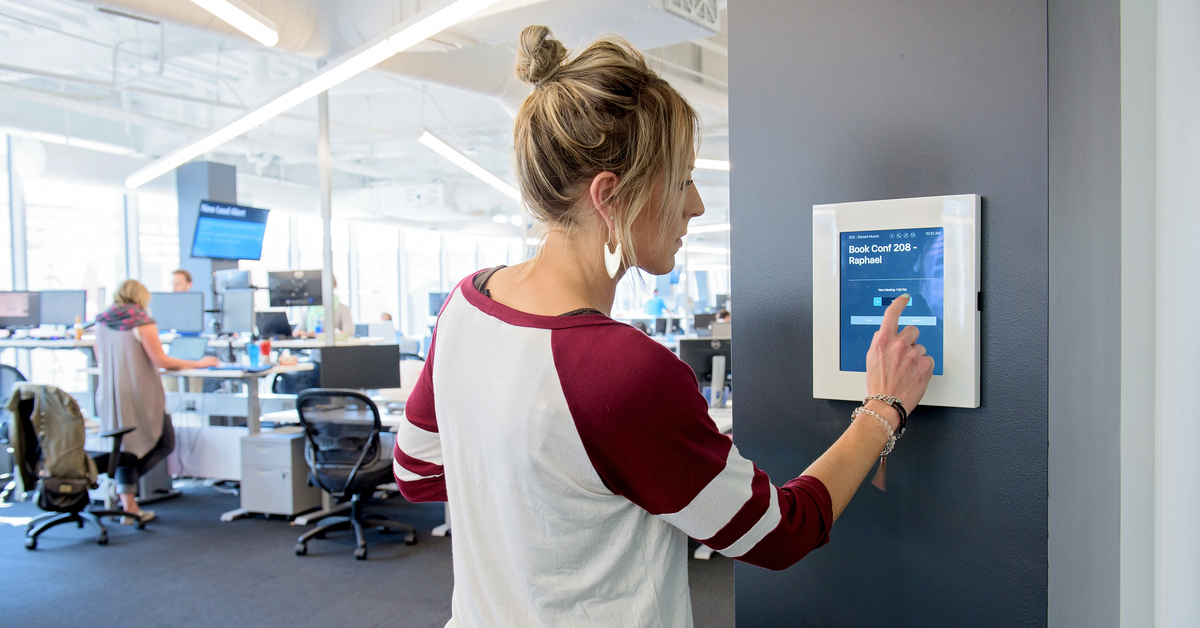Office Hotelling is one of the hottest trends in office design. It saves employers significant amounts of money in facilities costs for square footage, utilities and furniture. It can encourage great mobility, quick creation of project teams, and flexible use of satellite offices.

Employees with a permanent location tend to keep excessive files and personal objects (if you don’t know what to do with it, stick it in the pile on the desk). A Hotel desk requires a much more organized approach, and requires preliminary training, and developing company standards for record keeping and central storage for necessary hard copy. Most employees can reduce their requirements to 1 mobile pedestal that can be “garaged” until needed. The important part is to get everyone to buy into the concept.

Thanks to flex-time and telecommuting, every workspace is not used every day just as car rental agencies do not rent every car every day, and airlines do not fill every seat on every flight. However as we have recently heard in the news about overbooked airlines, a back-up plan is vital for when spaces fill up. A No Vacancy sign without an alternative accommodation will leave employees “homeless”. They will begin to make ” just in case” reservations which will use up available space. People who neglected to make reservations will make themselves at home wherever there seems to be an empty spot. People who need space for only an hour or two may make reservations for a whole day, particularly if they are not sure when they will arrive.

One key to successful hotelling is a good office administrative staff. They need to know where employees are and will be. Frequent checks of occupancy against reservations, and diplomatic handling of occupants without reservation (give them a reservation or move them). They also need to follow-up on reserved but empty space by messaging or calling to see if the space is still needed. Frequently checking spaces for condition issues is also important – nobody likes confronting a stranger’s leftover breakfast. They will also need to control the conference areas too, as these end up being used as office space.


Different levels of space are another key item. Very basic areas (work surface, network, chair and a coat hook) using minimal floor space will work for drop-in visitors, people who just need to make calls, or attend to email. These stations can be the catch-all for people who did not make reservations. Larger workstation areas can be for longer stays, with room to park the mobile set of drawers. The larger areas will need to have the reservation rules followed more closely than the small ones.
Adding actual phone booths, and individual seating with high sides and a small built in work surface will help deal with high demand times. Providing plentiful electrical and data connections in public areas such as break spaces and waiting areas can also help with peak demand.

Getting everyone to voluntarily work with the program is important, as there will be lots of passive/aggressive ways to hinder it. No one is likely to prefer a Hotel space over a permanent office, but if the system is fairly and professionally run they will work with it. Being firm with the minority of people that ignore the rules is important to prevent resentment building up among all of the users. If any group or individual is perceived as having preference, it eliminates any incentive to work with the system. Small thank you gifts and other forms of recognition will let participants know that senior management knows who is working with the program. Senior management also needs to be firm and fair when the inevitable resistance occurs.